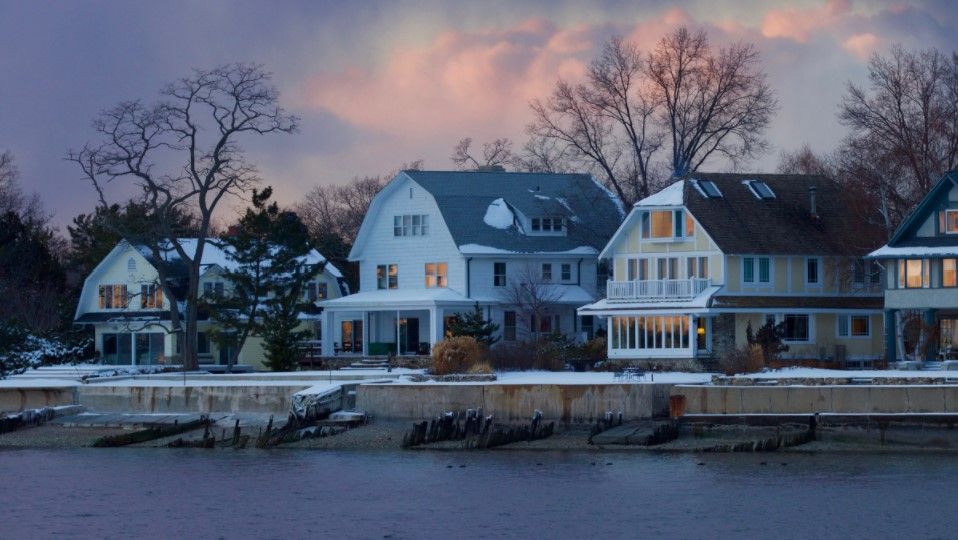The Rise of Fractional Homeownership: A Game-Changer or a Gimmick?
In today’s high-priced housing market, many would-be buyers are looking for creative ways to break in — or invest — without shouldering the full cost of a property.

Owning some oceanfront property -- as a primary residence or vacation retreat -- is the dream of millions of landlocked homeowners. The cool ocean breezes, magnificent vistas and proximity to water-based recreation are universal in their appeal. Less meditated upon are the drawbacks of such a location: summer auto and foot traffic; high property taxes and maintenance costs; and transitory neighbors. Other concerns include hurricanes and floodwaters that overwhelm levies and seawalls. As some of these phenomena are associated with the presence of climate change, consequences relative to home value and the cost of insurance, among other things, must be considered.
How Climate Affects Real Estate
Natural conditions always have influence on the selection of property. Hot climates, for instance, benefit those homes that are protected by shade trees. Those places that are afflicted with longer wet seasons and greater rainfall favor houses set on higher ground. Minnesota and Florida residents experience longer stretches of bitter cold and stifling heat respectively. Houses outfitted with more energy conservation components have the competitive edge over those without. Certain locations require flood insurance in order to obtain home financing. There is really no way to separate a house's marketability from the weather and climate it enjoys -- or endures.
What Does This Mean for Coastal Communities?
Even without the factor of climate change, coastal towns and villages are subject to hurricanes and tropical storms to a greater degree than inland dwellers. High category tempests bring damaging winds and often flooding. At the New Jersey shore, for examples, restoration is ongoing in 2020 from the destruction caused by Hurricane Sandy -- in 2012. Between storms and normal tidal activity, the water ebbs and flows as the beaches advance and recede. Sandbags, seawalls and breakwaters provide some protection unless or until they are overwhelmed by storms of unprecedented intensity. This leaves beachfront property more vulnerable.
Does Climate Change Make Things Worse?
While some of the claims of anthropogenic (human-caused) climate change are controversial, most researchers observing the related phenomena point to rising sea levels, increasing ocean temperatures, storm recurrence rates and storm strength as indicators of altered atmospheric conditions. As oceans absorb more carbon dioxide from the atmosphere, moreover, the sea water becomes more acidic. Lower pH levels can negatively affect ecosystems under water and on the beach, according to the U.S. Environmental Protection Agency (EPA). In the long term, such effects could diminish the natural beauty that attracts people to the coastline in the first place.
The Impact on Real Estate
According to U.S. News and World Report, climate change can disrupt coastal real estate in four ways:
- It can reduce demand for coastal properties and lower home value as reports of damage and destruction grow in frequency.
- It may cause insurance premiums to rise as catastrophic events become more likely.
- It can lead to higher property taxes to cover repairs and restoration efforts.
- It will boost the value of inland vacation homes.
In short, beach houses may give way to ski lodges.
Should Coastal Residence Owners Sell?
Nothing is written in granite as far as predictions go. Owners who enjoy their beach houses or coastal community dwellings need not head for the hills just yet. However, paying attention to the indicators referenced above is well advised. Talking to insurers, tax assessors and realtors on a regular basis can keep concerned residents abreast of trends both positive and negative. Keeping well-informed is the best strategy to determine if and when selling becomes a necessity.